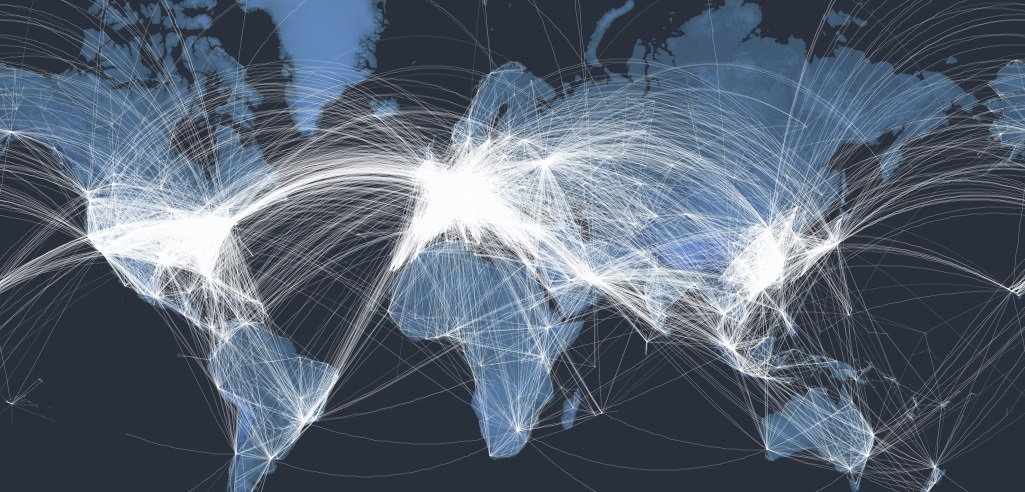It"™s been talked about as the Next Big Thing for quite some time now, but many are now saying that 2016 is the year that travel retailing reaches a critical point in its evolution.
The idea is that there is a sequence of "industry shift" in play now that can only push the processes needed to alter the way travellers "“ airline passengers, in particular "“ buy and are sold tickets and travel-related products.
It"™s not an entirely new proposition "“ in fact, many airlines and hotels claim to be operating using retailing principles, not least Ryanair which talked up its new website during 2015 as moving closer to a retailing model along the lines of a John Lewis or Amazon.
But there hasn"™t been critical mass, as yet.
One of the companies trying to ignite the concept is Ireland-based OpenJaw Technologies (bought by GuestLogix in December 2014), which has come up with six reasons why (it hopes, obviously) the next 12 months are pivotal ones for travel retailing.
Perhaps controversially, OpenJaw argues that the IATA NDC initiative will be at the heart of a lot of the advancements that it hopes will take place.
The company"™s report says:
"The ability to collect passenger data from all channels and funnel it through one platform will enable airlines and travel retailers to better predict passenger"™ interests and likelihood to buy.
"With this information in hand, offers can be personalized and targeted in real time."
So, in detail, what are those six elements that are predicted to come together during 2016?
1. NDC will remove barriers
The airline content standard will supposedly "take root in 2016"³ as carriers start to display the same real-time information on their own sites and platforms as they do with agents.
This, in turn, will allow passengers to make decisions about products and travel services based on value, and they will be able to "engage in like-to-like comparison shopping".
2. On-point personalisation
OpenJaw concedes that personalisation can be a resource-heavy enterprise, not least because it involves "creating personas, compiling scenarios, identifying optimized retailing experiences, analyzing data and configuring behind-the-scenes rule" to allow the retailing model to thrive.
But at the heart of it all is the idea that machine learning will help speed up and improve the personalisation process.
In wider retail environments, predictive analytics is able to extract information about a user from their many interactions with a brand, yet travel is inevitably very different because of the lower purchasing frequency.
So, instead, data can be extracted from real-time digital interactions elsewhere in the shopping funnel, such as online search and selection.
3. Omni-channel and the single customer view
Obviously omni-channel retailing differs in the travel sector to other industries (online browsing-offline purchase), so its application "“ after watching how other brands do it "“ is now being considered in a wholly different way.
For example, pushing contextual offers based on specific stages of a traveller"™s shopping journey, such as an email offers for an upgrade prior to departure, or a fast-track pass delivered to a mobile app ahead of a passenger"™s arrival at the airport.
4. Mobile gives control
There are a number of components around mobile that OpenJaw says are able to wrap so many of the retailing ideas together.
Pre-downloading of in-flight entertainment content to the passenger"™s own device (BYOD).
On-board wifi services.
Pre-order in-flight services.
Self-servicing of the traveller"™s itinerary and check-in.
Two-way communication with airline brands.
5. Airline investment
In some respects, retailing can obviously only happen if the airlines themselves realise it"™s a consideration and then decide to invest.
This is an important point, but there are signs that carriers are considering how and where the early stages of the retailing model can benefit them.
Such initiatives include the adoption of dynamic bundling of products and services and branded fares.
Others areas on the tech side feature pricing optimisation and "“ perhaps controversially "“ personalised pricing…



